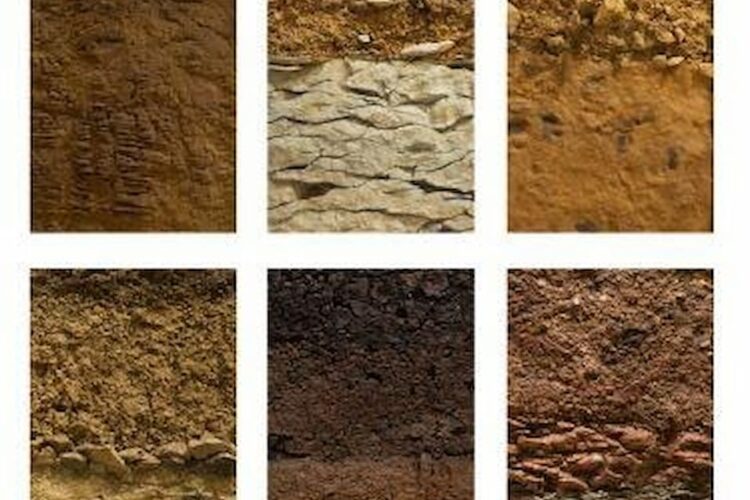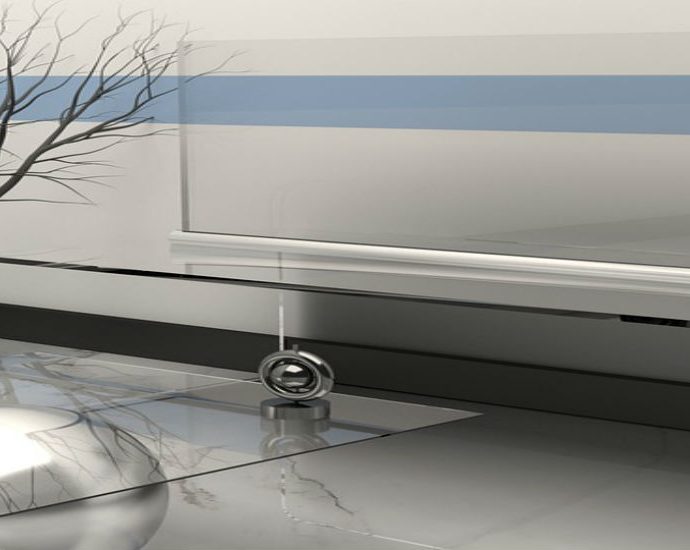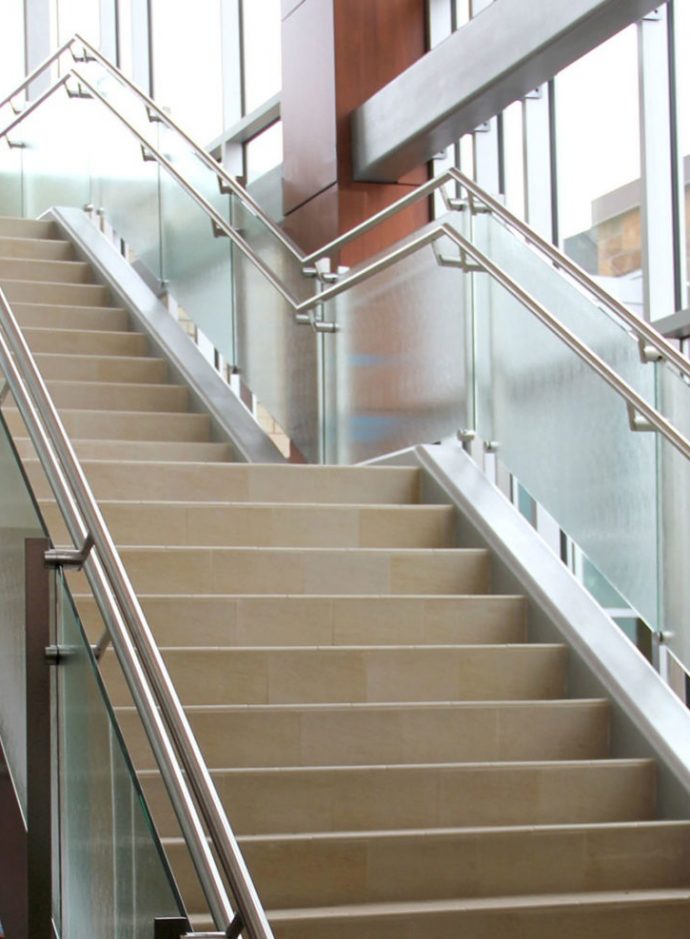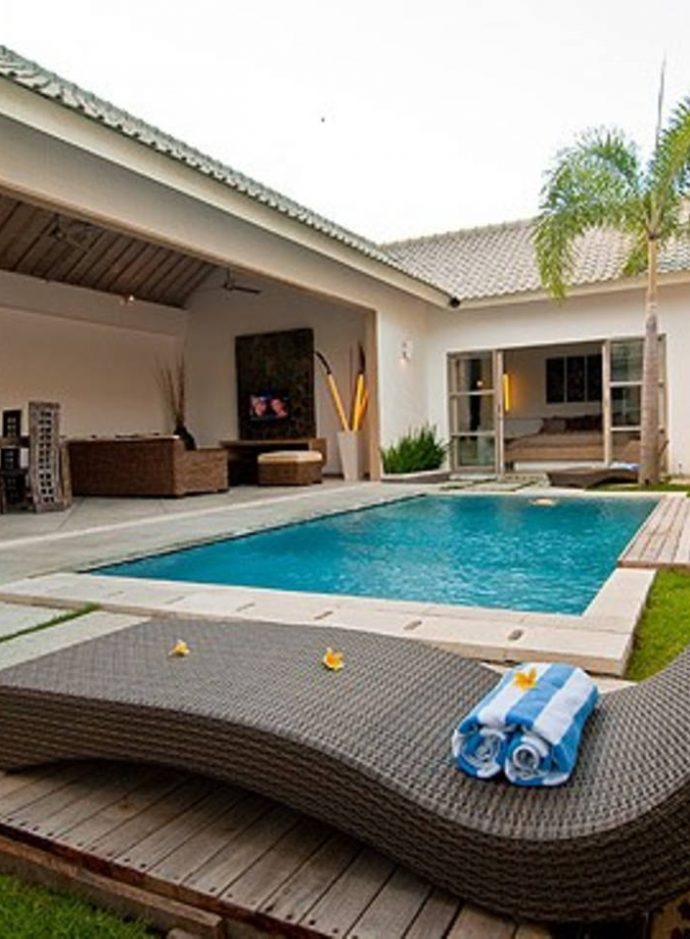When it comes to the health of your trees, planting them in the right soil type is critical. This is because soil performs five essential functions: it regulates the water, sustains plant and animal life, filters and buffers potential pollutants, cycles nutrients, and physically stabilizes and supports the tree. So you need to do your research and learn what soil is best for the trees you’re planting—before you plant them. Different types of trees thrive in different types of soil. Knowing the different soil types is a good place to start. Here are the six main types of soil for planting trees.
Sandy Soil
As the name alludes, sandy soil feels gritty if you hold it in your hands. It has a rough texture, but unlike sand on the beach, it dries much more quickly and can become dried out faster. Sandy soil is loose, making it poor at retaining moisture, especially during the spring months when the soil warms up quickly. This then makes it harder for the trees to access needed nutrients.
It’s a best practice to add some organic amendments such as fertilizer blends, kelp meal, or glacial rock dust to sandy soil. Mulch will also help the sandy soil retain moisture.
Red oak, poplar, Scotch pine, white cedar, white pine, red pine, and European larch can all grow well in sandy soil.
Clay Soil
Clay soil feels just as you’d imagine it to feel—lumpy and sticky when it’s wet and rocklike when it’s dry. Out of all the soil types, it’s the most tightly packed, resulting in little air space. This makes it hard for both air and moisture to get through the soil, making it bad for drainage. But you can enhance the drainage for the soil, which is a great idea because plants can do well in clay soil due to all the nutrients it has. Note that during the spring, clay takes a while to warm up, meaning it’s difficult to cultivate.
Some trees that do well in clay soil are silver maple, river birch, hawthorn, crabapple, cottonwood, willow, and elm trees.
Silty Soil
The smoothest and slipperiest type of soil (almost soap-like), silty soil is made up of fine particles that are tightly compacted. This helps it retain moisture and nutrients. However, because of its compactness, it can be a problem for root crops if planted too close together. Silty soil is easily cultivated, making it a favorite for gardeners. One way to increase the drainage of silty soil is to mix it with another type of soil, such as clay.
Trees that thrive in silty soil are trees that love moisture, such as willows, birch, dogwoods, and cypress trees. If you’re looking to plant fruit crops or vegetables, silty soil would be a good choice for you too.
Loamy Soil
Loamy soil tends to be the most ideal soil for planting trees. This is because it’s full of nutrients and holds water but also drains well. Loamy soil is like a mixture of clay, silt, and sand and has a great structure. It has a fine texture that may feel somewhat damp. However, due to it draining well, it can sometimes lose its nutrients at a more moderate rate than other soils. Loamy soil is also acidic, so between this and nutrients washing out, you likely have to add nutrients to help your plants thrive.
Some examples of trees that grow well in loamy soil are white cedar, red oak, white and green ash, sugar and red maple, Norway spruce, white spruce, and poplar.
Chalky Soil
Usually found on top of bedrock or limestone, chalky soil is rockier. It has larger grains and a stonier feel to it. It requires a lot more nutrients to support plant growth. This is also because chalky soil is extremely alkaline and can drain quickly. The alkaline can lead to plants with stunted growth and yellowish leaves. It’s possible to combat this by adding organic fertilizers and balancing the pH levels.
However, it’s easier to plant trees that do well in chalky soil rather than trying to change the soil itself. Trees such as apple, crab apple, judas, pear, mulberry, cherry, and hawthorn all do well in chalky soil.
Peaty Soil
Peaty soil has an acidic nature, due to its much higher proportion of organic matter than other soils. The acidity also helps it slow down decomposition. This then causes it to have fewer nutrients. This soil is dark in color. When it’s wet, it feels more spongy than full soil. During the summer months, it can heat up quickly, but it still holds its water. This can lead to drainage issues so it’s a good idea to dig drainage channels if you have peaty soil.
Witch hazel, camellia, lantern, and rhododendron trees can all survive in peaty soil if it’s well-drained.
These are the main types of soil for planting trees. You can see that each one is different in terms of drainage, nutrients, look and feel, and acidity. There is some overlap in the types of trees that grow best in each soil. Some do well in multiple soil types, but for the most part, most trees prefer a certain soil type. Please note that the trees listed above are just some examples and not an extensive list of all the trees that can grow in each soil.
Before choosing a tree, it’s critical to know the type of soil you have in your yard. By planting a tree in an inappropriate soil type, you’re hindering it from the start, and probably causing yourself a few headaches in the process. If you have questions about what type of soil you have in your yard or what type of tree you should choose for your soil, give us a call at Mr. Tree. We are happy to help.




